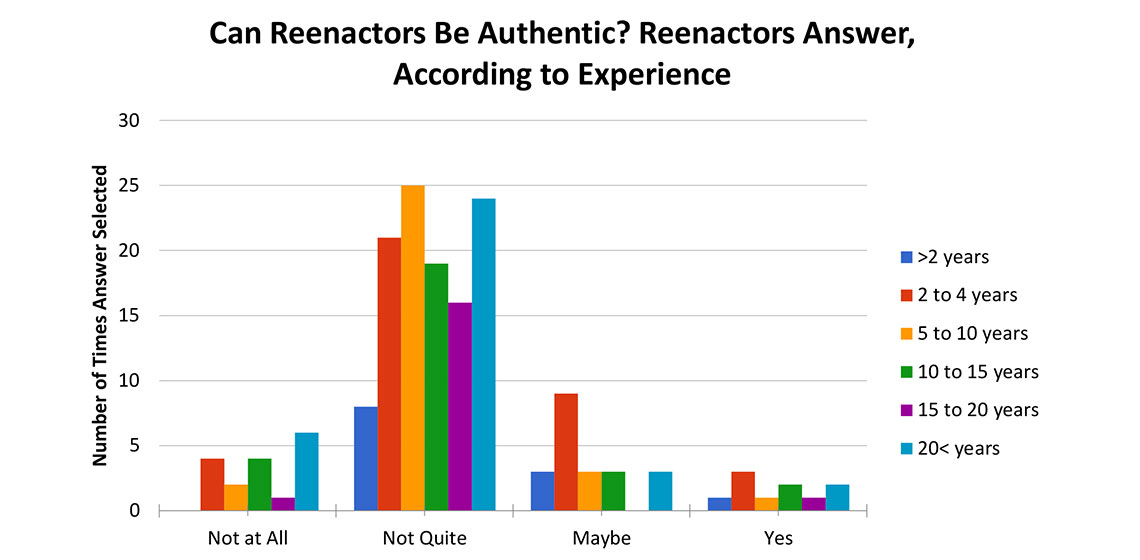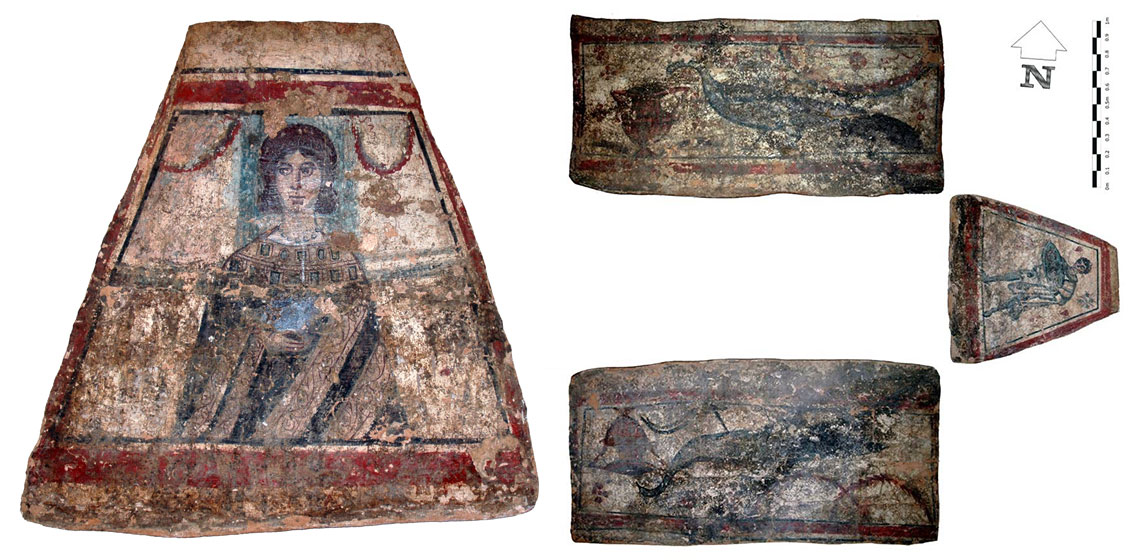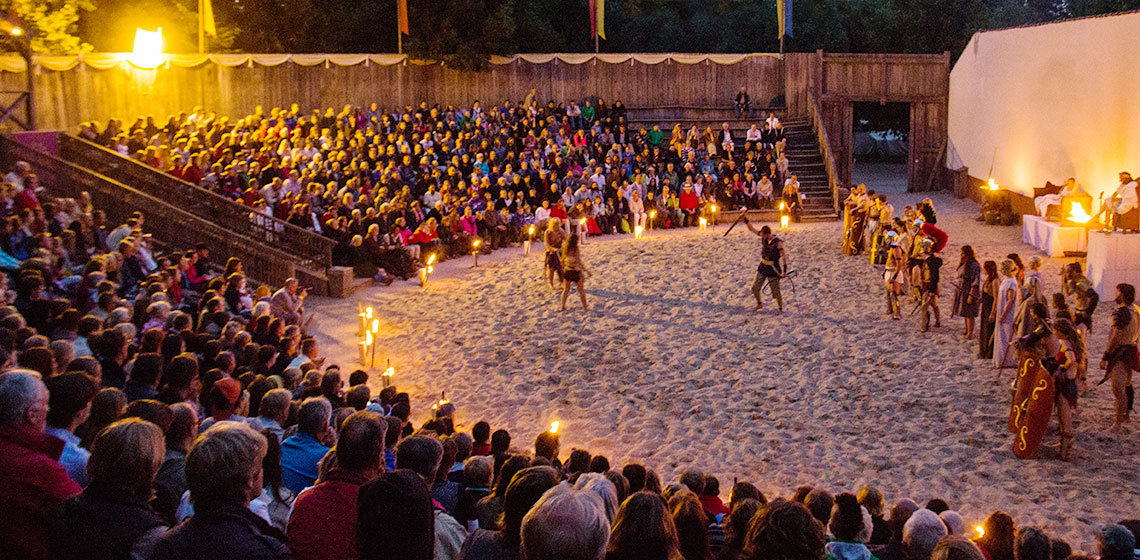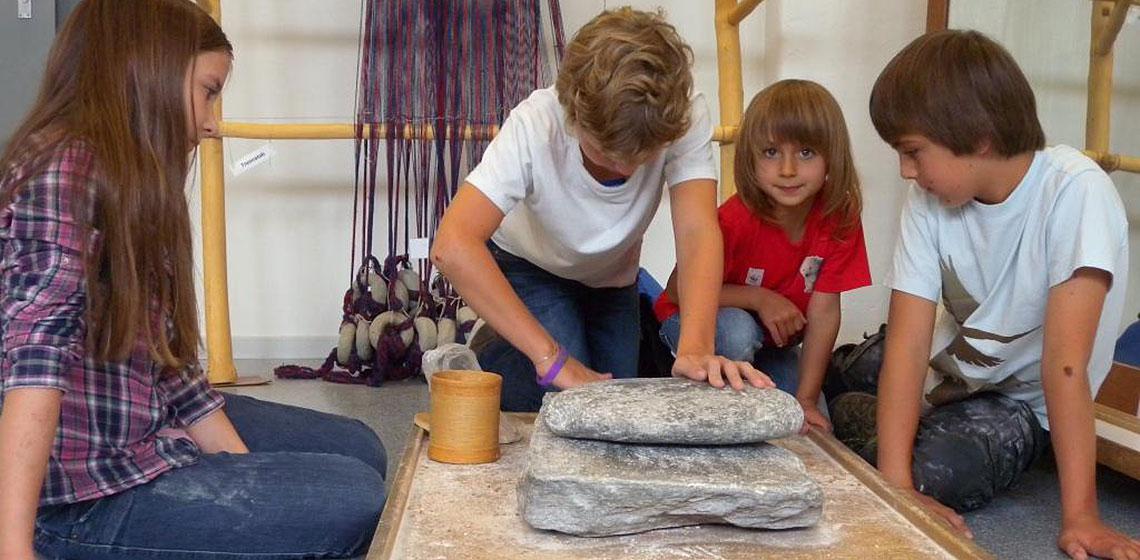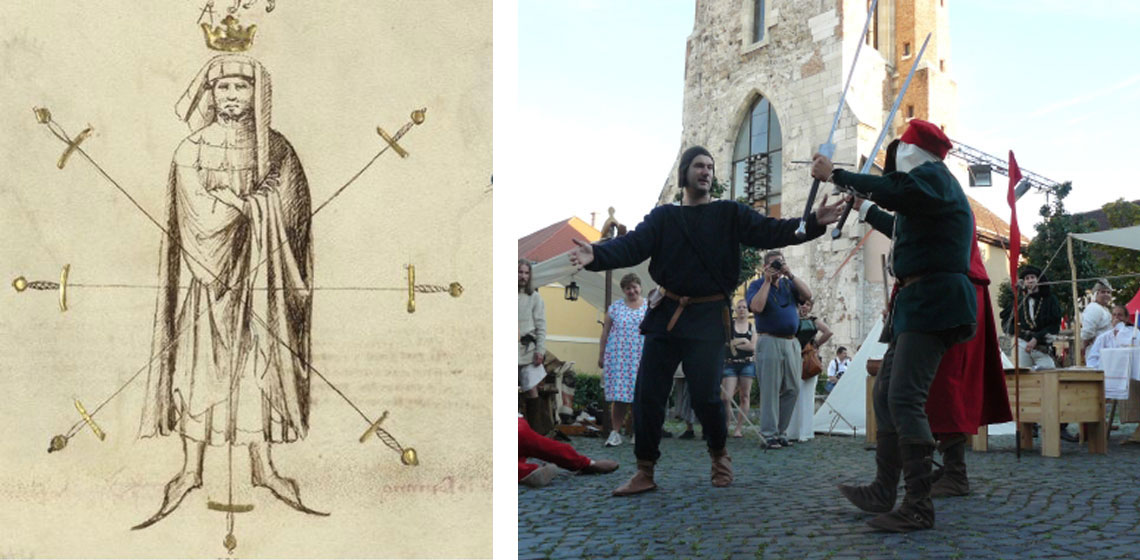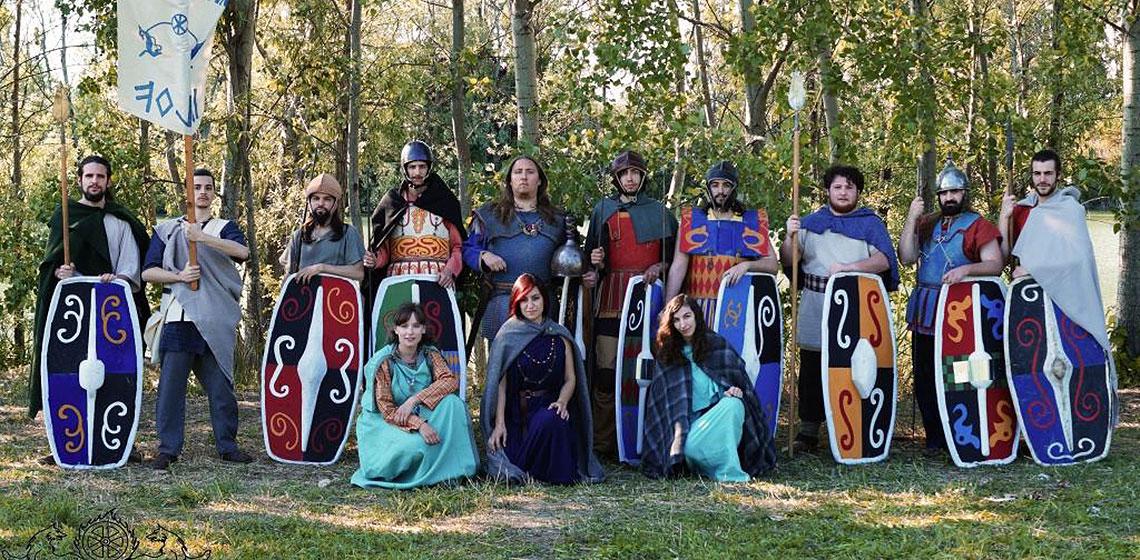Interpretation
What Does Your Visitor Experience? Making the Most of Live Interpretation in a Unique Setting
***Archaeological Open-Air Museums (AOAM) offer a unique setting in which live interpretation can make history come truly alive. For many, or perhaps all, AOAM history is the product being sold to the public. During the five years the OpenArch project has run the partners have spent many hours discussing the...
Museum Theatre in Greece: Perspectives in Site Interpretation
Introduction
Museum theatre as an umbrella-term is used to describe a variety of performative events aimed to interpret fragments of cultural heritage. In the framework of one of the main challenges contemporary museums face, that of having a social impact while dealing with heritage, whom values and narratives can always be “contested and disputed” (Smith 2011, 70), museum theatre has proved that not only can it enforce a constructivist approach in a museum environment but it can also generate debate and promote critical thinking on controversial issues (Farthing 2010).
Mural Painting of a Roman Lady from Viminacium: From Roman Matron to the Modern Icon
Putting on a Show - The How and Why of Historical Shows and Theatre in a Historical Setting or Theme-park
Kantonales Museum für Urgeschichte(n) Zug (CH)
The museum conserves, analyses and imparts knowledge about the archaeological finds of the Canton of Zug dating from the Paleolithic to the Early Middle Ages.
The museum conserves, analyses and imparts knowledge about the archaeological finds of the Canton of Zug dating from the Paleolithic to the Early Middle Ages...
Historical European Martial Arts (HEMA) and Reenactment - Concept, Problems, Approaches in Our Experience
Archaeological Live Interpretations, Docu-Soaps and Themed Walks: Similarities and Differences
Introduction
For many years, the public has become increasingly aware of historical and archaeological topics, a phenomenon to which large-scale and well-attended exhibitions, so-called ‘medievalmarkets’, the continual success of historical TV-documentaries, and a booming market in specialized books and magazines may attest. Living history formats on television or historical docu-soaps also attract millions of viewers (see, for example, Schwarzwaldhaus 1902, SWR 2002; Steinzeit– DasExperiment, SWR 2007).
Interpreting the Interpreter: is Live Historical Interpretation Theatre at National Museums and Historic Sites Theatre?
Presenting the Discussion
The majority of the people Scott Magelssen interviewed were museum curators and historical interpreters, and their answers were broken up into three main categories:
1. No (mainly because there is no script), 2. Yes, it is a form of theatre, 3. Of course it is theatre. (Magelssen 106-119)
Sippe Ulfson (IT)
Everything which is shown is precisely reconstructed after a long and detailed study on archaeological findings of the chosen area.
The Official Goal of our Institute is to showcase the Celtic tribe of Volcae Tectosages from the III centuries BC, the Germanic tribes between the 2nd century BC and the 2nd century AD, especially the Chatti tribe, and the Celt-Iberian warriors who were part of Hannibal Barca's army when he invaded Italian Penisula in the 218 BC. We show Living History from 2008 with weaponry, clothes, wool working, hygiene tools, potteries and all things to characterize the three periods we portray.

